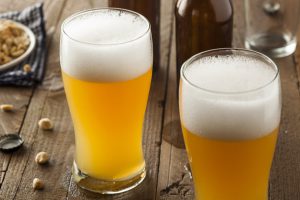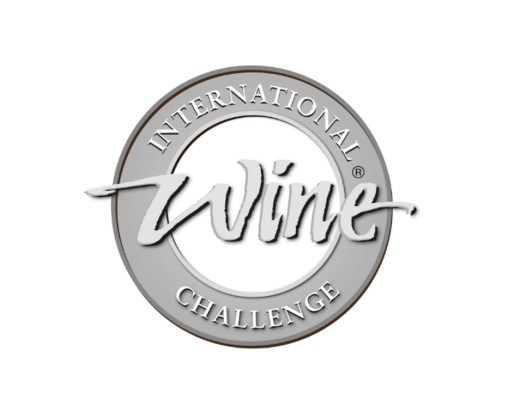 It’s the tipple that is arguably creating the biggest stir in the beer industry since the arrival of lager in the mid-1960s. In the last few years, golden ale has not only become the UK’s fastest growing beer variety but has been instrumental in helping change the beer tastes of the nation and convert lager drinkers to ale.
It’s the tipple that is arguably creating the biggest stir in the beer industry since the arrival of lager in the mid-1960s. In the last few years, golden ale has not only become the UK’s fastest growing beer variety but has been instrumental in helping change the beer tastes of the nation and convert lager drinkers to ale.
Recent stats reveal that demand for golden ale has soared by nearly 70% since 2013 (IRI Worldwide data April 2015).*
Brewing giant Guinness has launched a golden ale recently – Guinness Golden Ale – in a move that raised eyebrows across the beer industry.
And one of the UK’s leading ale brewers, Wychwood, brought out its first ever Hobgoblin golden ale last year.
Tesco has also just launched its first own label bottle conditioned golden ale in a move that has been supported by the Campaign for Real Ale (CAMRA).
Tesco ale buyer Chiara Nesbitt said: “Five years ago we stocked about 15 golden ales but demand has soared so much recently that we doubled our range – it really is proving to be an entry point ale for traditional lager drinkers.
“The growing demand is a result of younger, predominantly lager drinkers seeking more flavoursome yet light and refreshing alternatives to lager. Golden ale perfectly fits that profile.
“Perhaps the best example of how popular golden ale has become is that Guinness has now launched its own version.”
Golden ales were first developed by British brewers in the 1980s and were specifically designed to win over younger drinkers who favoured lighter, thirst-quenching beer such as lager.
Among the most popular golden ales in the UK are Thwaites Wainwright, Greene King Old Golden Hen, Greene King IPA, St Austell Tribute, Badger Fursty Ferret, and Harviestoun Bitter & Twisted.
*Latest IRI Worldwide data shows that golden ale has grown by 68.8% (up in the last two years, up to April 2015).



